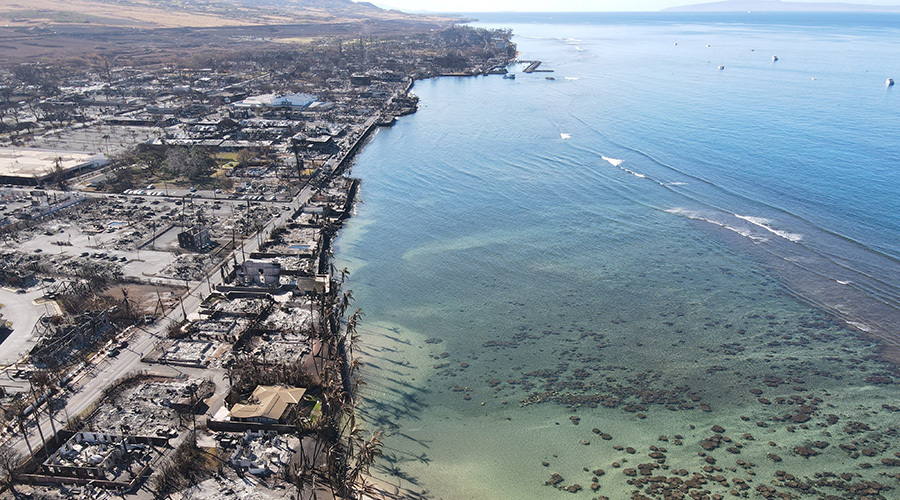Emergency Heating: System Assessments Crucial
Part two of a three-part article on emergency heating
Assessing systems
Managers and front-line technicians planning for a potential loss of heating need to take into account a number of considerations.
Technicians need to look at the mechanical systems and determine whether they can tie in ancillary equipment to address the emergency or if the situation calls for standalone equipment. In either event, if the heating system goes down, they should shut down general exhaust fans as quickly as possible. This step allows heat in the building to remain in place.
In the event an entire air handling unit (AHU) has gone off line and smaller equipment is not feasible in the available spaces, technicians need to determine if they can tie in a standalone, gas-fired fan-and-coil unit in an existing air handling system with just plastic sheeting and an access door or an outside-air wall louver. The work might be crude, but it is better than the alternative of freezing pipes in finished spaces.
Before an emergency occurs, managers and technicians also need to know the way the facility operates. For example, if only a supply fan motor is lost on an AHU, placing the system into full return-air circulation via the building management system and running only the return fan will push conditioned air through the system. This air will not be enough to heat all spaces, but it should suffice for emergency purposes.
Managers also need to figure out in which areas load shedding is an option. By doing so, if a smaller fan is used or a piece of emergency equipment is tied into an existing system, technicians can direct the conditioned air to an exact location.
The loss of air handling equipment is actually the easier problem to overcome when it involves emergency heating. Loss of a hot-water system, on the other hand, is the most difficult obstacle to overcome. A trailer-mounted hot-water system is a serious piece of equipment, and it is not easy to set up. It requires staff to operate and check it periodically, as well as a large amount of space to stage and a fuel source.
Walking down the hot water or steam system before an emergency strikes also can minimize damage from the crisis. Technicians should locate a place to tie in an emergency hot-water or steam boiler. This step might be as easy as locating a set of taps on the primary header that were provided for future expansion of the boiler system.
Departments that conduct yearly shutdowns of specific systems might find that such times are ideal opportunities to add a connection point for an emergency boiler system. For a minimal cost, it might be quick and easy to add connection points for emergency equipment.
Managers also can benefit from discussing these challenges with their peers. Many managers have experienced an event requiring emergency heating, but it is not something that typically comes up in conversation. Each region of the United States has its own difficulties, whether it is the availability of equipment to rent or climate conditions, and it is easier to learn from someone else’s experience than to learn in a crisis. This topic also is ideal for a discussion or presentation at local ASHRAE or engineering conferences.
Related Topics:














